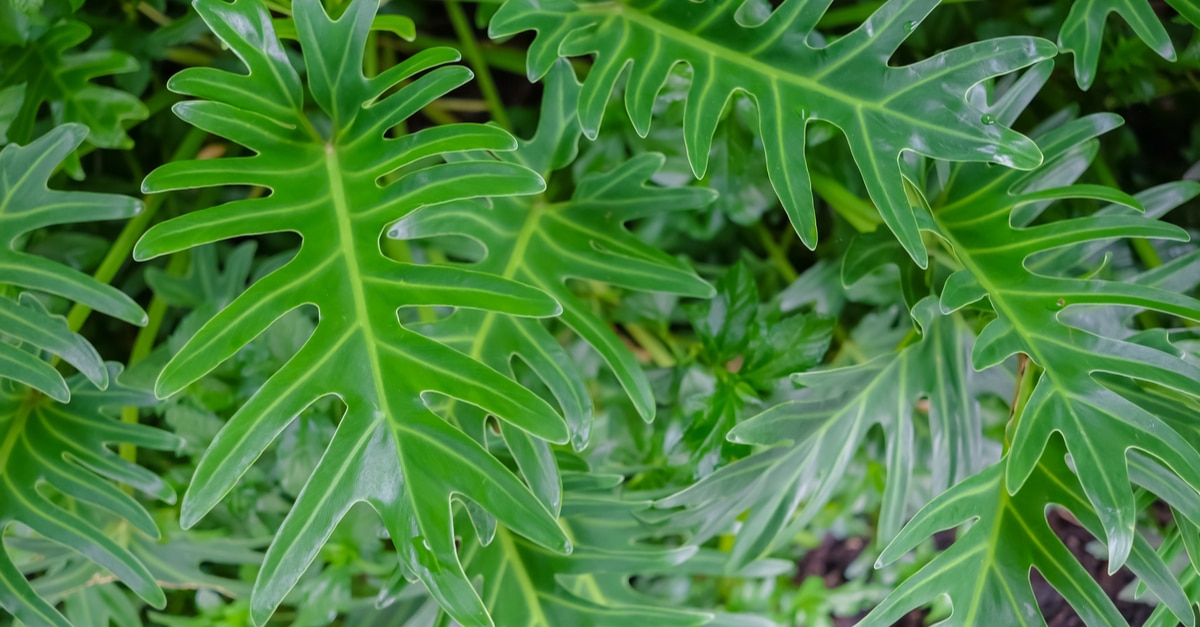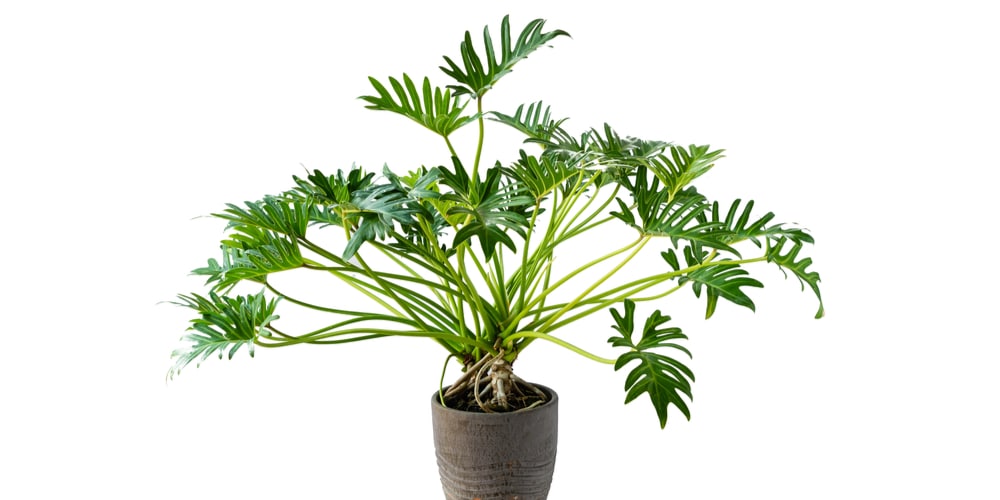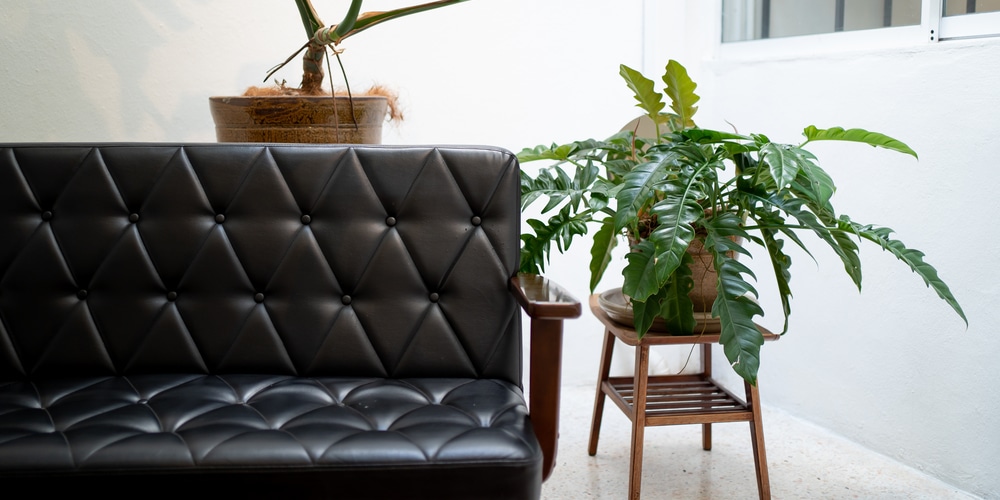Philodendrons are beautiful tropical houseplants that come in many different varieties. Two of the most popular types of philodendrons are the Xanadu and the Selloum. These plants both originate from the rainforest of Brazil and are also found in other South American countries. Let’s compare the Philodendron Xanadu vs. Selloum, so you can decide which plant is right for you and your home.
Philodendron Xanadu vs. Selloum: The similarities

Both the philodendron Xanadu and the selloum come from the Araceae family and are evergreen plants. These plants are both fast-growing and can get very tall. Like all Philodendrons, they are toxic to humans and pets if ingested and can cause severe symptoms. These plants also produce sap which can cause skin irritation, so you’ll need to be careful when re-poting or pruning the Xanadu or Selloum. It’s a good idea to wear gloves when handling a philodendron.
As the philodendron, Xanadu and selloum come from the same plant family, they have more similarities than differences. They have very similar care requirements, and both have green leaves. When kept as a houseplant, these plants are unlikely to flower but will bloom outdoors, especially in their native environment.
Sunlight
Both these philodendron species need bright indirect sunlight, and they are likely to become leggy if grown in a shaded area. Xanadu and Selloum philodendrons grow areal roots which they use to anchor themselves to larger rainforest trees as they grow towards the sunlight.
Temperature and humidity
The Selloum and Xanadu philodendron are jungle plants that thrive in hot temperatures of between 65ºF to 85ºF. They also require humidity of at least 40%.
Watering requirements
These plants also both need to be watered regularly and should be left to dry out slightly between watering’s. Be careful not to water philodendrons as root rot may occur. The philodendron Xanadu is very sensitive to root rot and shouldn’t be left standing in waterlogged soil. Whichever species of philodendron you’re growing, it’s crucial to ensure the pot has drainage holes and well-draining soil is used.
Fertilization
The philodendron Xanadu and selloum can be fertilized in the spring and summer. These plants will both become dormant during the cold winter months and don’t need to be fed. Be careful not to overfeed your plants, or they may suffer from chemical burns, and the foliage could become lighter.
Pest and Diseases
The philodendron Xanadu and selloum are both affected by sap-sucking insects such as spider mites, mealybugs, and aphids. Insect infestations can be controlled with insecticidal spray. These plants can also be affected by bacterial blight, which causes dark green blotches to appear on the leaves.
Philodendron Xanadu vs. Selloum: The differences
The main difference between the two species of Philodendron is their foliage. Philodendron selloum have spear-like leaves. They also grow upwards and look like a tree, reaching a height of 12 feet. A single leaf can grow up to 5 feet wide on a mature tree. These plants are unlikely to become a tree if kept indoors as their growth will be stunted.
Leaf appearance and growth
Philodendron Xanadu leaves are flatter and look slightly less glossy. The foliage has lobes, and the Xanadu is slightly smaller but spreads widthways. They can grow 5 feet tall and 7 feet wide.
There are also slight differences in how these two plants grow leaves. The Philodendron Selloum produces new leaves in a spiral pattern. New growth spirals around the main stem, while Philodendron Xanadu leaves appear at random.
Soil
The Philodendron Xanadu and solloum have very similar care requirements. One difference is the type of soil they grow best in. The Philodendron Xanadu prefers soil that’s loose and well-draining. You can mix a good quality houseplant soil with some peat and perlite if you choose to grow a Xanadu plant.
Philodendron Selloum, on the other hand, thrives in soil that’s rich in nutrients and has a slightly alkaline pH range. These plants require soil that can retain moisture and are less prone to root rot than the Xanadu.
Philodendron Xanadu vs. Selloum: Conclusion
Philodendron Xanadu and Selloum are both lovely tropical houseplants that originate from South America. They require very similar care but prefer different soil types. These plants look slightly different, and the Selloum grows a lot taller than the Xanadu. The leaves also look sharper and glossier.
Related article: Philodendron xanadu growth and care

